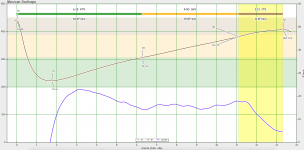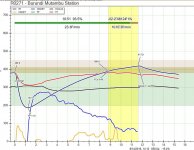CG901
New member
I have been struggling to achieve the roast qualities previously accomplished on my sample roaster with this new Diedrich. I am using LP gas. a large cylinder, and correct regulator, but only getting at best 9.5" WC of pressure. Diedrich's literature says it should be 11", but they told me all is well at 9-10". I am having difficulting turning a medium (3 lbs) roast after first crack over 400F. I am dropping between 13-14 minutes. I know that Infrared burners don't respond as quickly to flame adjustment. I am wondering if the backpressure of my exhaust system is less than optimal. Any suggestions from those who have been there? Thanks


